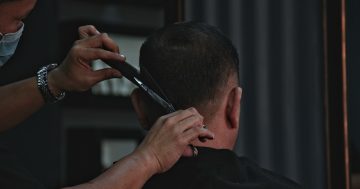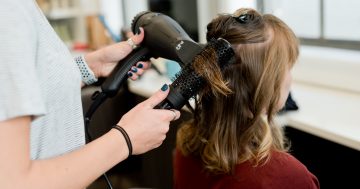
Call me a metrosexual or whatever you like, but I love getting my hair cut. Unfortunately it doesn’t make me any better looking. I still walk out with my worry (and laughing) lines, and my nose is just as big and my muscles are just as small. But I do walk out happy. I’m happy with my haircut, and I’m happy with the conversation that I’ve just had.
Hairdressers, similar to taxi drivers, are great political bellwethers and I’m just as satisfied with the conversation as I am with the service, which is why I have no problems parting with $50 when everything is said and done.
I must admit that my more blokey friends do give me a bit of curry when they hear how much I spend at the hairdressers, and sometimes I’m equally astonished at the price of a haircut for some of my female friends. Two, three, or four-hundred dollars seems crazy to me, but after speaking with some respected hairdressers recently, I think it’s only fair that we consider some of the realities and pressures that face the industry.
Hair and beauty teacher at the Canberra Institute of Technology, Suzie Walden, says the industry is experiencing significant pressure, particularly in the ACT.
“It is very difficult [for small businesses] to secure skilled workers with three to fifteen years of experience, and being a predominantly a female industry, many hairdressers leave to start families and don’t return to the industry or decide to work from home,” she says.
“This is problematic for the hairdressing industry as it can create unfair competition with salon owners when they are competing against ‘backyard workers’ without any high overheads like insurances, rents, and tax.”
The award wage for a qualified hairdresser is $746.20 gross per week. When you consider that a qualified hairdresser has completed a four-year apprenticeship which includes two to two-and-a-half years of formal study whilst on the job, it really isn’t a lot of money.
In every other state and territory in Australia, hairdressers are required to train for three years. However, Canberra’s hairdressers must train for an additional year before they are qualified.
“This is difficult to believe when we have apprentices from Queanbeyan training with ACT apprentices,” Suzie says.
Owner of Cosmo Hair and Beauty, Tony Basilisco, has been in the hairdressing business for 30 years. He pays his staff above the award wage and contributes 50 per cent of his staff’s ongoing training.
“We’re just trying to stay alive,” Tony says.
“It’s hard for our industry because it does seem like it is often undervalued by society, but I do have some great customers who are very loyal. My father was a hairdresser and I’d encourage my daughter to do whatever her heart told her to do in life but being in the hairdressing industry really can be a struggle.”
The attrition rate is very high in the hairdressing industry, with the current projected attrition rate at 47.3 per cent, according to CIT.
With half of apprentices dropping out, a long study requirement and low wage prospects for the future, I think Canberra’s hairdressing industry needs our support – especially the small businesses.
(Photo: Tony Basilisco from Cosmo Hair & Beauty with long-time customer Mary Gaskill)
















